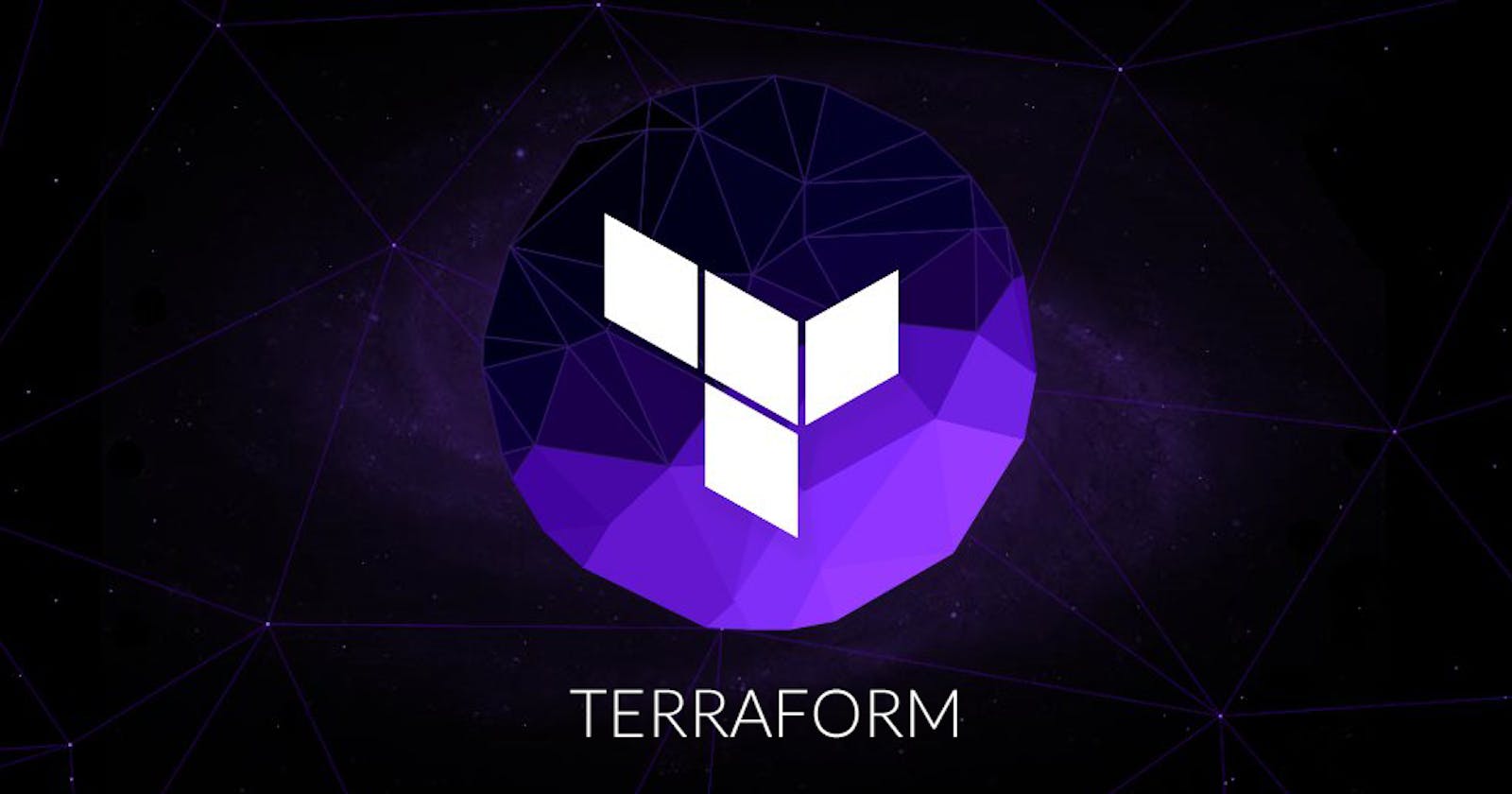Welcome to your comprehensive guide to Terraform, the game-changer for Infrastructure as Code (IaC) in the dynamic world of cloud computing. Whether you're a seasoned pro or just starting your IaC journey, this blog will equip you with the knowledge and hands-on insights to confidently build and manage your infrastructure like a boss.
Demystifying Terraform
Imagine writing simple code that magically conjures up virtual machines, databases, and complex network configurations in the cloud. That's the magic of Terraform! It's an open-source tool from HashiCorp that empowers you to define your infrastructure using a human-readable language called HashiCorp Configuration Language (HCL). Instead of clicking buttons and navigating complex dashboards, you describe your desired infrastructure state, and Terraform handles the rest.
Deep Dive into Key Concepts
Providers: Think of these as your trusty tools for interacting with various cloud platforms like AWS, Azure, Google Cloud, and more. Each provider unlocks a specific set of infrastructure components you can leverage.
Resources: These are the bricks and mortar of your infrastructure – virtual machines, networks, databases, you name it! Each resource has its own configuration settings within your Terraform code.
Modules: Imagine having pre-built Lego sets for infrastructure! Modules are reusable components encapsulating resources and configurations, promoting code organization, reusability, and scalability.
State: Terraform keeps a meticulous record of your infrastructure's current state in a file called the "state file." This helps Terraform understand what exists and what needs to be changed, ensuring efficient updates.
Getting Your Hands Dirty
Here's the quickstart:
Installation: Download and install Terraform on your local machine. It's available for various operating systems, making it easy to get started.
Project Setup: Create a new directory for your project and initialize it with a
main.tffile. This is where you'll define your infrastructure using HCL.Provider Magic: Declare the cloud provider(s) you'll be using (e.g., AWS). Provide your access credentials so Terraform can connect and work its magic.
Resource Definition: Now comes the fun part! Define the infrastructure components you want to create. Specify the type, name, and configuration details for each resource.
Best Practices for Terraform Mastery
Modularize Everything: Break down your code into reusable modules based on functionality or resource type. This keeps things organized, manageable, and scalable.
Version Control is Your Friend: Treat your Terraform code like precious treasure! Store it in version control systems like Git for easy tracking, collaboration, and rollbacks if needed.
Centralize Your State: Don't let your state file become an island! Use remote state backends like Amazon S3 or HashiCorp Consul to centralize and manage it securely, enabling smooth collaboration.
Embrace Variables: Make your code dynamic and adaptable by using variables. Parameterize your configurations so you can easily reuse them across environments.
Code Reviews are Key: Before unleashing your infrastructure magic, conduct thorough code reviews. This helps identify potential issues, ensures best practices, and promotes knowledge sharing.
Real-World Use Cases to Spark Your Imagination
Infrastructure on Demand: Provision and manage everything from virtual machines to networks and databases across platforms like AWS, Azure, and Google Cloud – all with Terraform at your command.
Multi-Environment Maestro: Juggling dev, staging, and production environments? Terraform workspaces and variable overrides let you manage them effortlessly.
Seamless Application Deployment: Integrate Terraform with configuration management tools like Ansible or Puppet to automate application deployments and ensure consistent environments.
CI/CD Champion: Make infrastructure changes a breeze by integrating Terraform into your CI/CD pipelines. Automate provisioning and ensure consistent environments across development, testing, and production.
The Power is in Your Hands
Terraform is a game-changer, empowering you to build, manage, and evolve your infrastructure with newfound efficiency, agility, and reliability. This blog has equipped you with the fundamentals, best practices, and real-world examples to kickstart your Terraform journey. Remember, continuous learning and exploration are key. Delve deeper into the documentation, experiment with different use cases, and join the vibrant Terraform community. With dedication and practice, you'll be mastering IaC and revolutionizing your cloud infrastructure in no time.

